Pests That Can Damage Your Home and Belongings
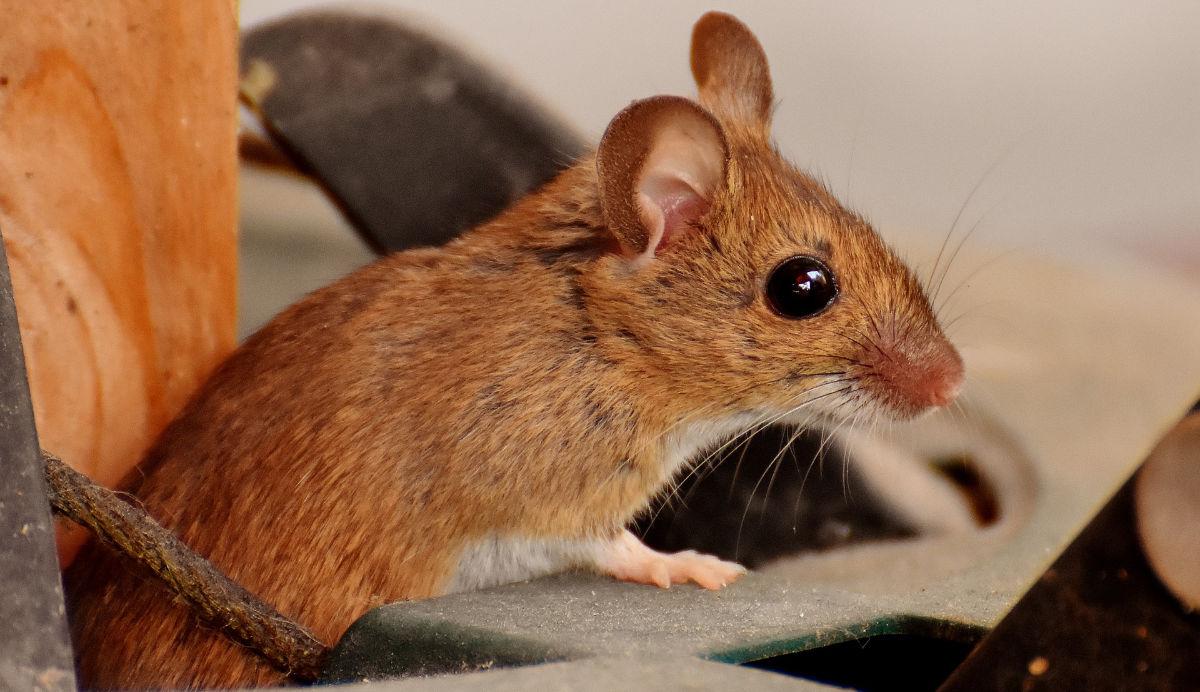
As homeowners, there are a lot of different things that we need to stay on top of. Paying bills, mowing lawns and regular vacuuming all spring to mind, but there’s another, slightly more unpleasant job that we can’t shy away from: protecting our home against pests. Whether they’re looking for food or shelter, many different types of pests can find their way into our homes, some of which can cause a great deal of damage if left unchecked.
So, to keep you abreast of the different types of pests that can damage your home and how to get rid of them, the Pest Defence team have put together a handy guide that you can refer back to any time you like.
Rats and Mice
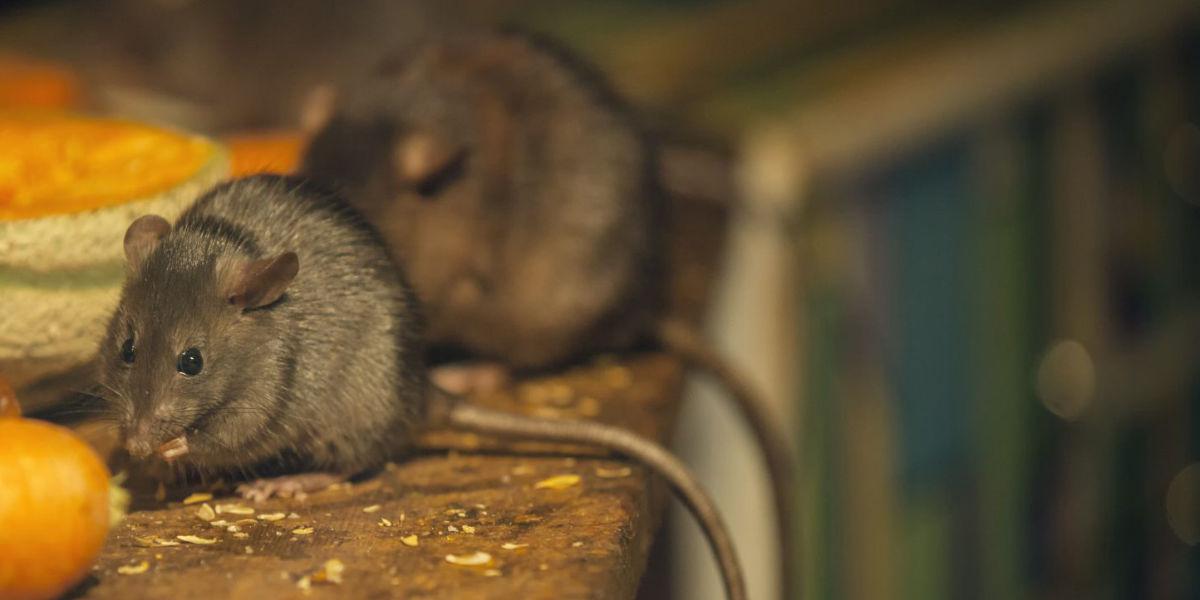
Perhaps the most infamous UK pests, rats and mice are certainly something that you need to be on the lookout for. They are primarily looking for food or food waste, but it isn’t empty cupboards that you should be worried about. Rodents can carry a number of very harmful diseases such as Weil’s disease, Salmonella, Tuberculosis, E.Coli and Cryptosporidiosis. They have also been known to chew through electrical wiring, something that can pose a real fire risk if the damage is severe enough.
How to get rid of rats and mice
You can normally tell if you have a rat or mice infestation by looking out for a few telltale signs: droppings around food storage, teeth marks on food packaging, and rodent-sized holes in the wall (read our guide on how to tell if rodents are in your home). If you think you have an infestation, the first thing to do is to ensure that all food waste is removed from your property and any food in storage is tightly packed away. If you think that any rodents have got to your storage, it would be best to throw it away and clean the area thoroughly.
Woodworm
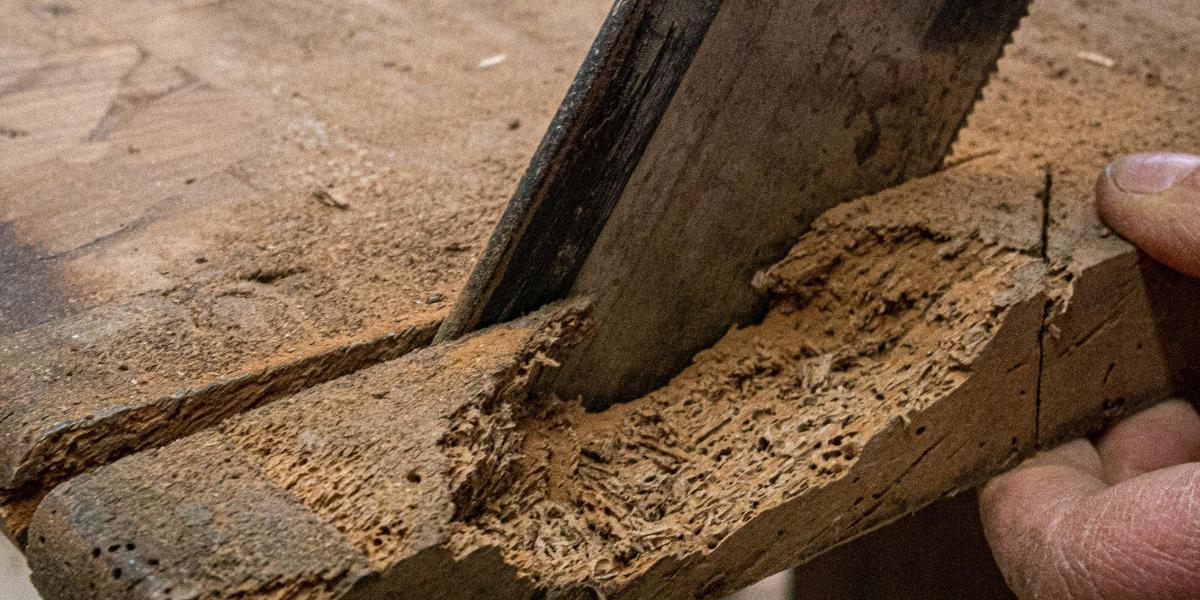
If you do a lot of DIY, you might be better acquainted with woodworms than other pests. Woodworms actually refer to a number of different types of wood-boring beetles which can damage wood by infesting them with larvae. The most common species in the UK are: the Common Furniture Beetle (Anobium punctatum), the Deathwatch Beetle (Xestobium rufovillosum), the House Longhorn Beetle (Hylotrupes bajulus) and the Powderpost Beetle (Lyctus brunneus).
How to get rid of woodworm
If you think you have a woodworm infestation, the first thing that you want to do is work out exactly which species of woodworm you are dealing with, and whether the woodworms are still active. Of course, you won’t be able to do this by yourself, so it’s best to call your local pest controller to help out. You will also need to have your wood surveyed to make sure there is no long-lasting structural damage.
Pigeons
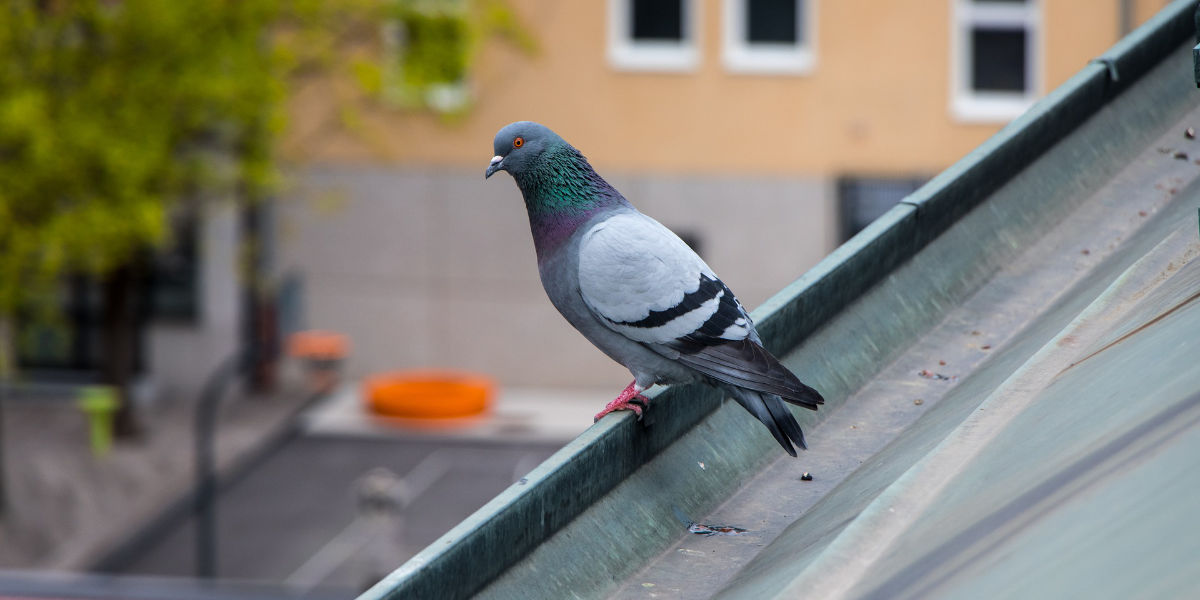
Seemingly the most omnipresent bird in the UK, particularly in the city, pigeons can be found everywhere. While you might think that they only pose problems to commercial buildings in built-up areas, pigeons can also pose a threat to your home. Their droppings slowly erode roofing materials over time, and given their tendency to roost in guttering and loft spaces, leaks can quickly occur.
How to get rid of pigeons
Pigeons are looking for both food and shelter in your home, so make sure that any outdoor food waste is promptly cleaned up, and seal off any obvious roosting spaces in your roof, particularly where your roof is flat. However, if you really want to install effective deterrents, we would recommend calling your local pest controller. They will be able to utilise things such as netting and electrical repellents that can prove extremely effective. For more info, read our how to get rid of pigeons guide.
Silverfish
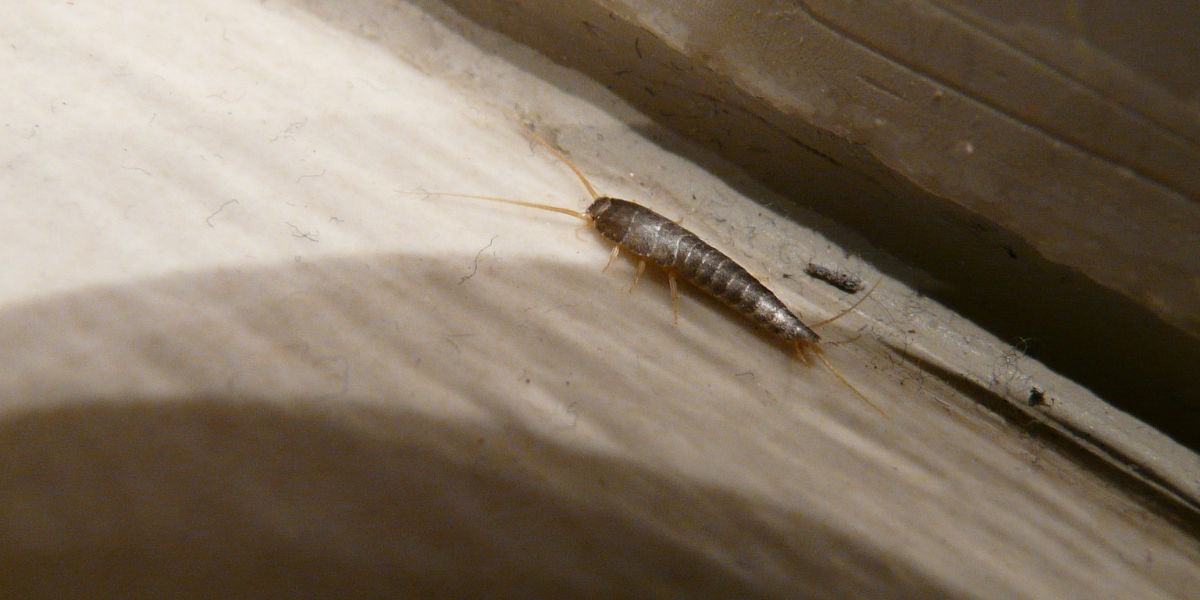
Perhaps one of the lesser-known pests on the lists, silverfish are tiny scavenger insects (not fish at all) that feed on starch, animal glue and microscopic mould on paper. Their appearance is similar to that of a woodlouse, but they have a slightly more elongated body and back legs. The most common species found in the UK, Lepisma saccharina, has a tendency to damage wallpaper, books, photographs and other paper-based objects in your home.
How to get rid of silverfish
Silverfish prefer damper environments such as kitchens and bathrooms, so chances are this is where they have made their home. Your local pest controller will be able to help in dehumidifying the surrounding environment and also applying a pesticide. This should make your home much less appealing to them. Find out more in our guide to preventing and getting rid of silverfish.
Moths
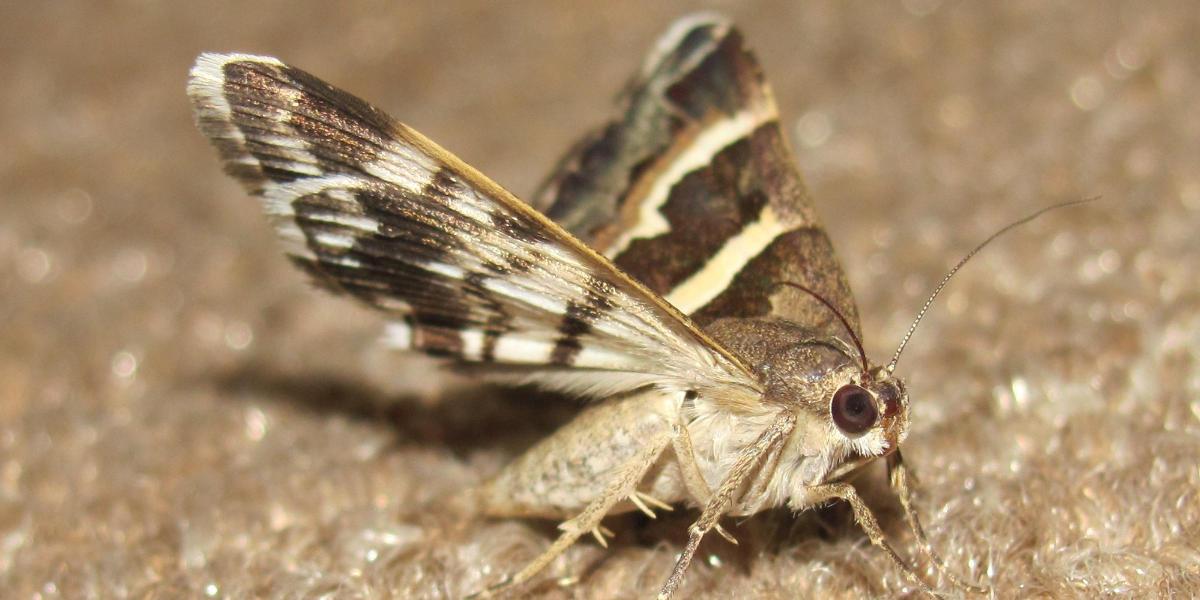
There are approximately 2,500 species of moth here in the UK, and a large majority of those are harmless to both us and our homes. Some, however, have been known to lay their larvae in clothes and carpets which can cause them to degrade over time. This is because the larvae eat the protein found in these materials (keratin) which helps them prepare for metamorphosis.
You can normally tell whether you have clothes or carpet moths in your home by inspecting your possessions. Do the materials bear irregular-shaped holes? If so, you could well have a moth infestation.
How to get rid of moths
The first thing that you want to do is make sure that you change your vacuum bags frequently, this will help stop the spread of moth eggs and larvae around your home. Another important task is to wash all exposed fabrics around your home, this includes: soft furnishings, linens, clothes, rugs, blankets, curtains and towels.
If the problem persists, we would recommend getting in touch with your local pest controller. Pest Defence are no stranger to moth infestations, and will be able to implement a number of different strategies to eliminate them from your home. We have an article about moth prevention and removal, for you to find out more.
Biscuit Beetles
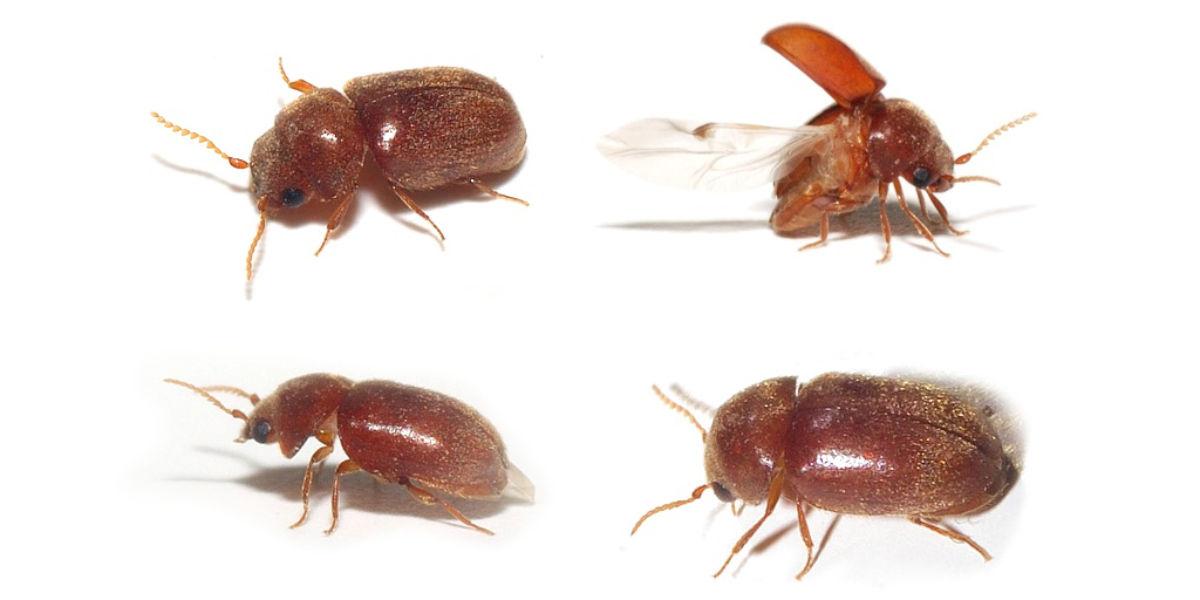
Although not the most common pest in the UK, biscuit beetles can wreak havoc on your food storages if they make their way into your home. While they belong to the same family as the common furniture beetle or woodworm, biscuit beetles prefer – you guessed it – biscuits. Well, not just biscuits specifically. While they wouldn’t say no to a digestive, biscuit beetles will bore their way into all kinds of hard foodstuffs, such as vegetables, nuts and dried cereals.
How to get rid of biscuit beetles
The first thing you’re going to want to do is clear out your food storage and throw away anything affected. For anything unaffected, make sure it is cleaned and then placed in sealed containers. Once you’ve done that, give the storage area itself a thorough clean with antibacterial products.
While this will help deal with the symptoms, you will need to call in a pest controller with the proper expertise to truly deal with the problem. Find out more about biscuit beetles here: How To Prevent and Get Rid of Biscuit Beetles.
With 30 years of experience and a highly-skilled team of pest controllers, you can count on Pest Defence to tackle any pest problem you might come across. So, if any of the beasties mentioned in this guide have been giving you trouble, you know who to call. We operate throughout Colchester, Brentwood, Chelmsford and the wider Essex area, and we’re always happy to help the local community. Get in touch today.
